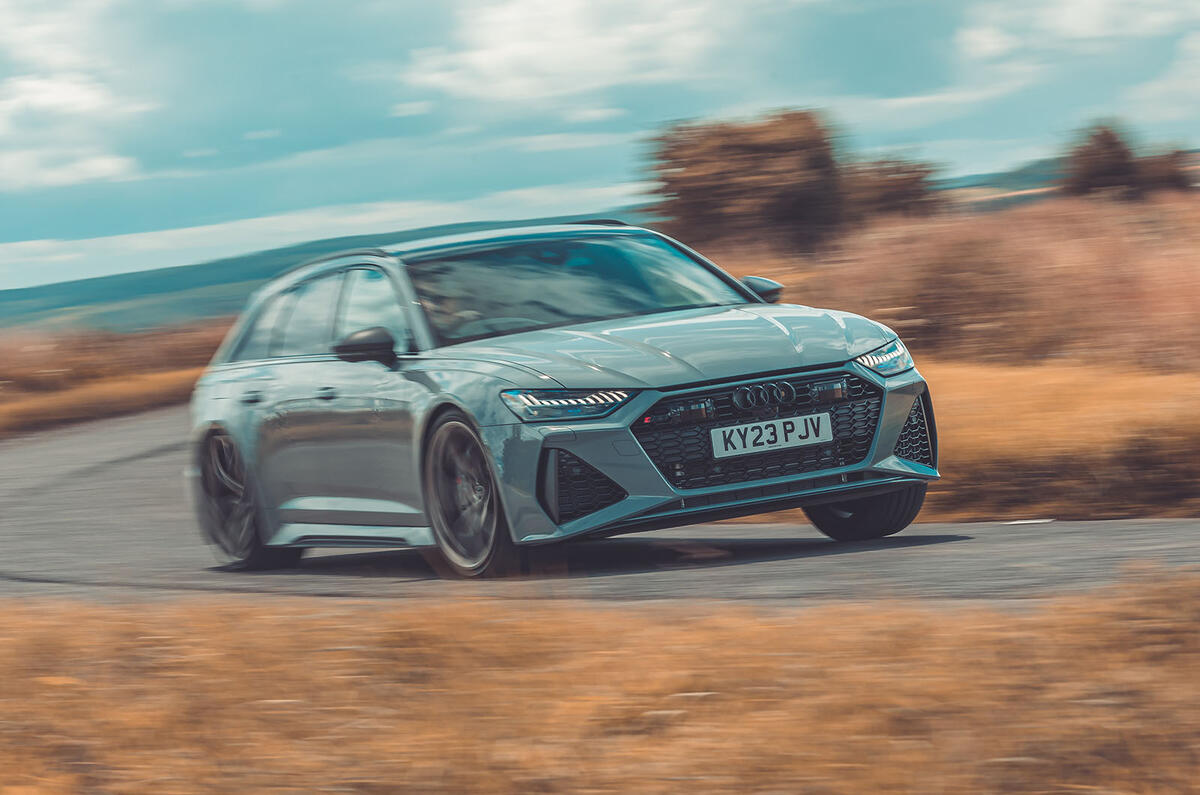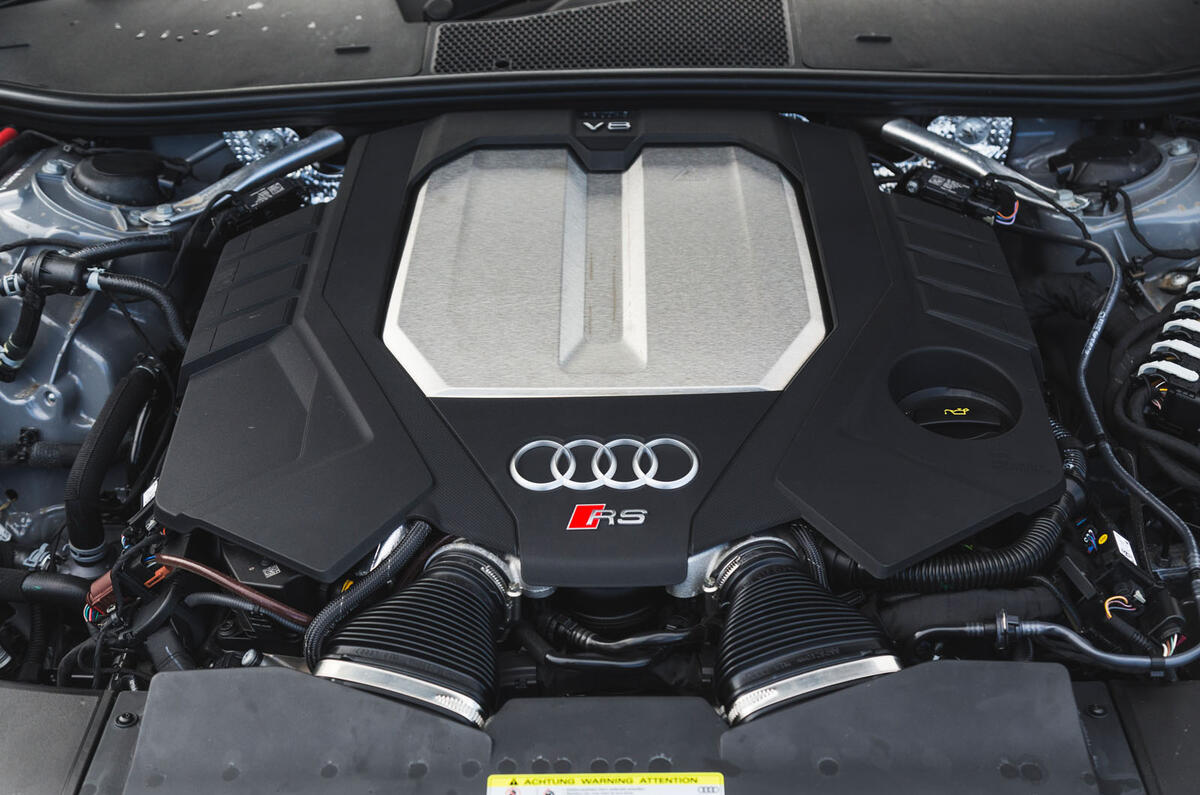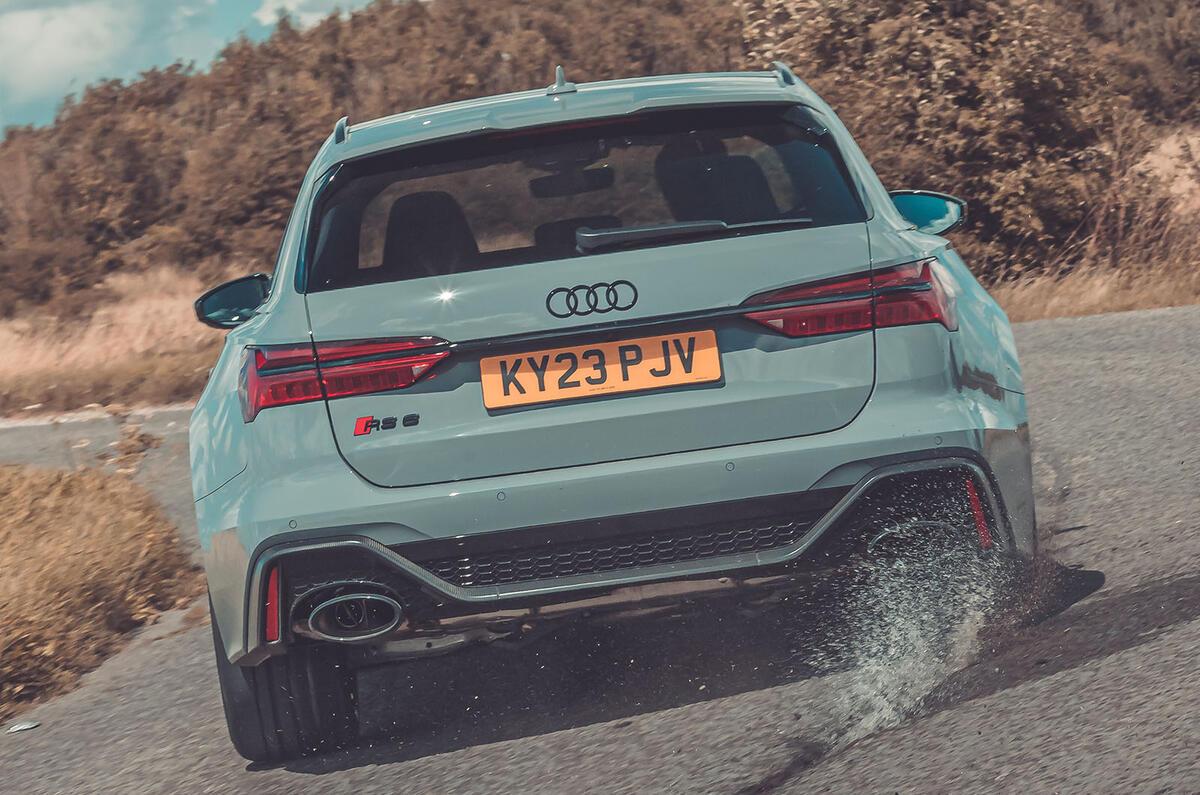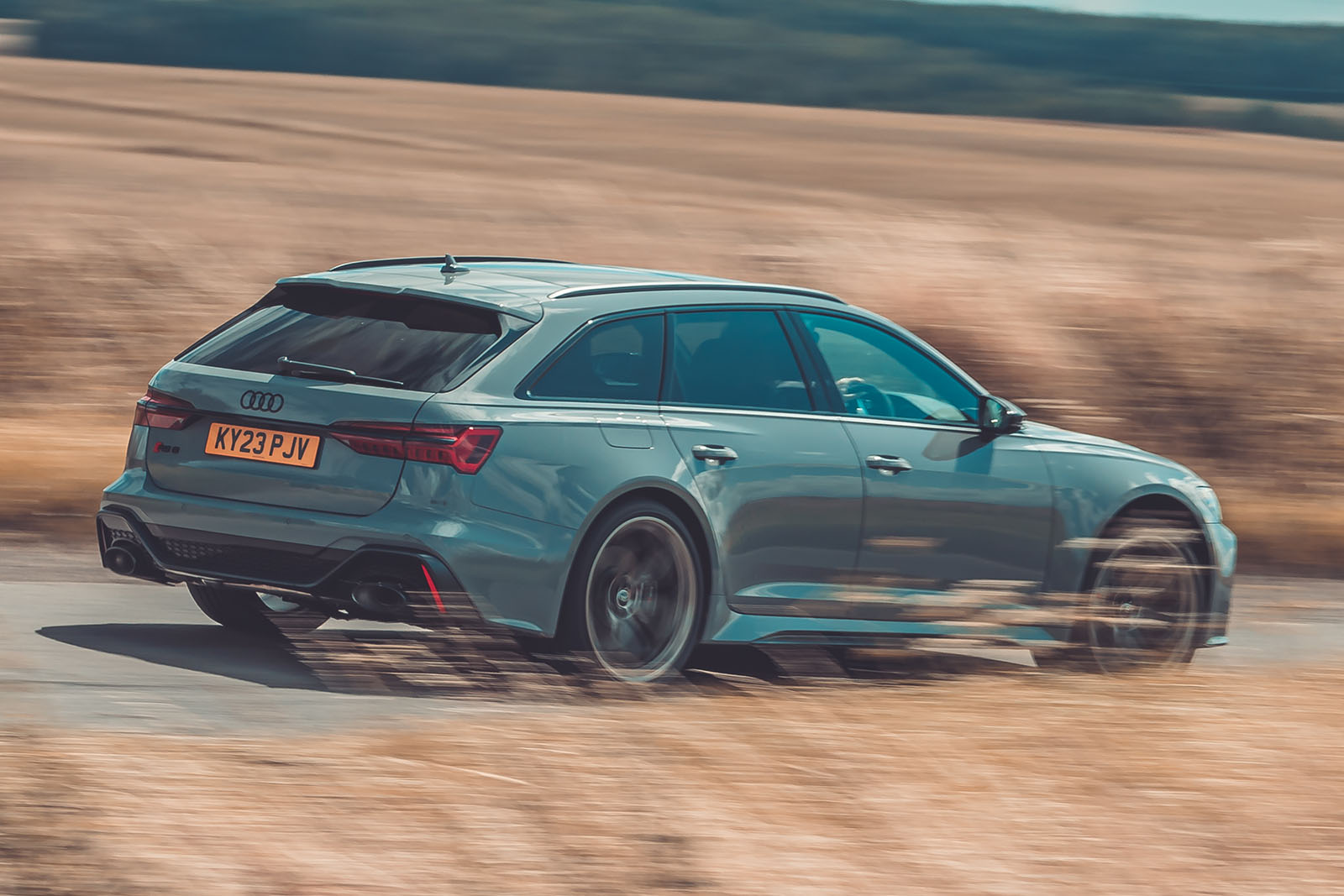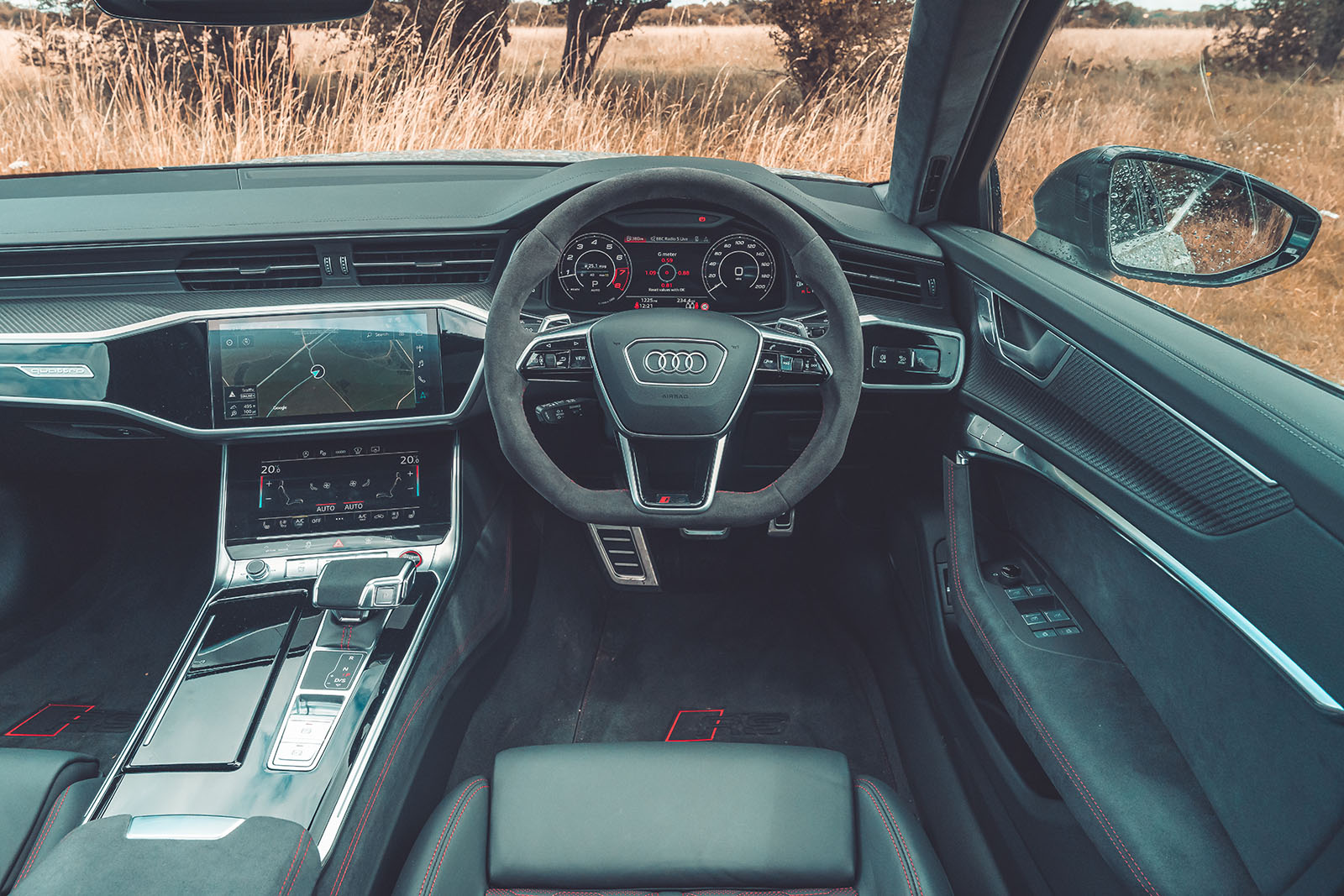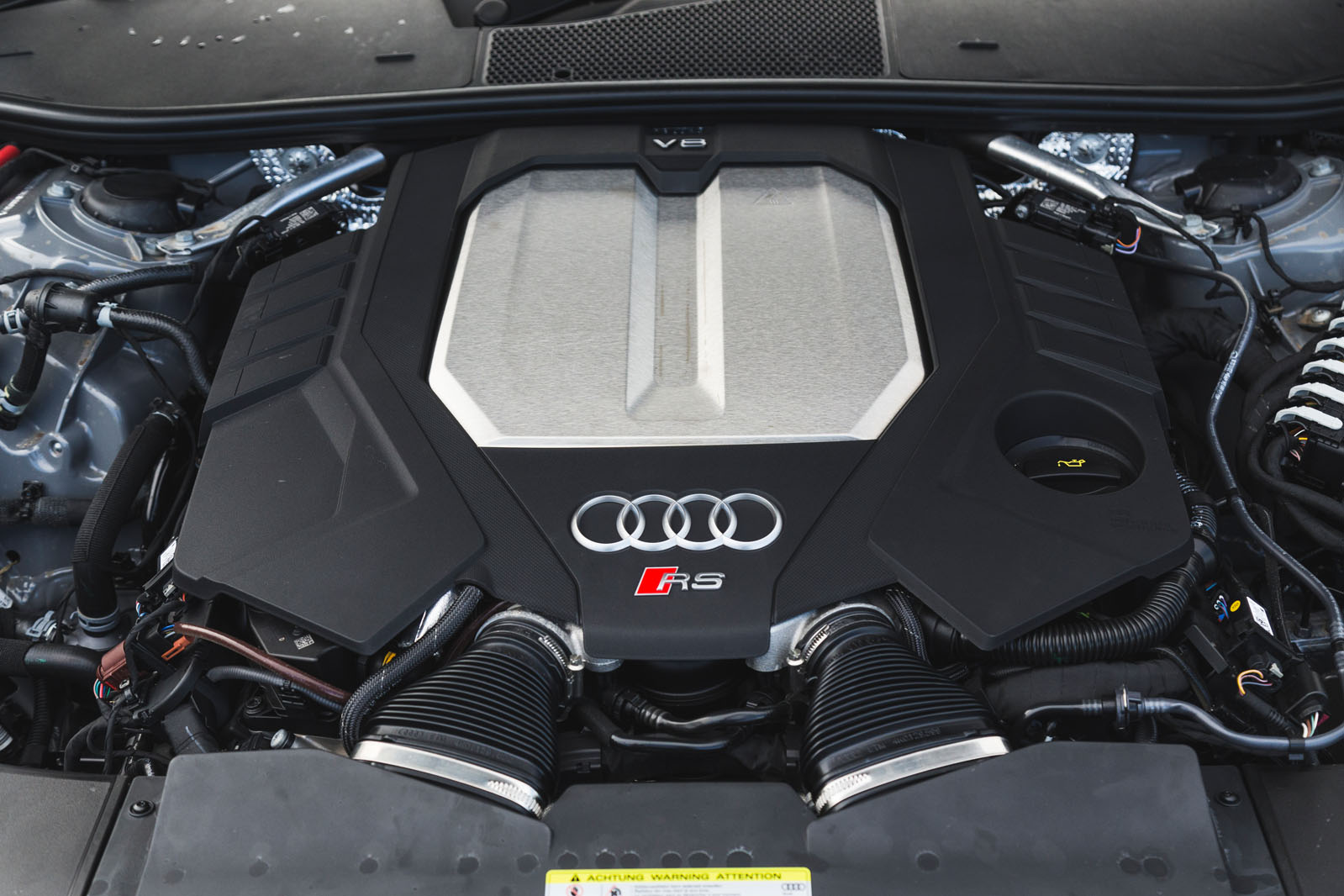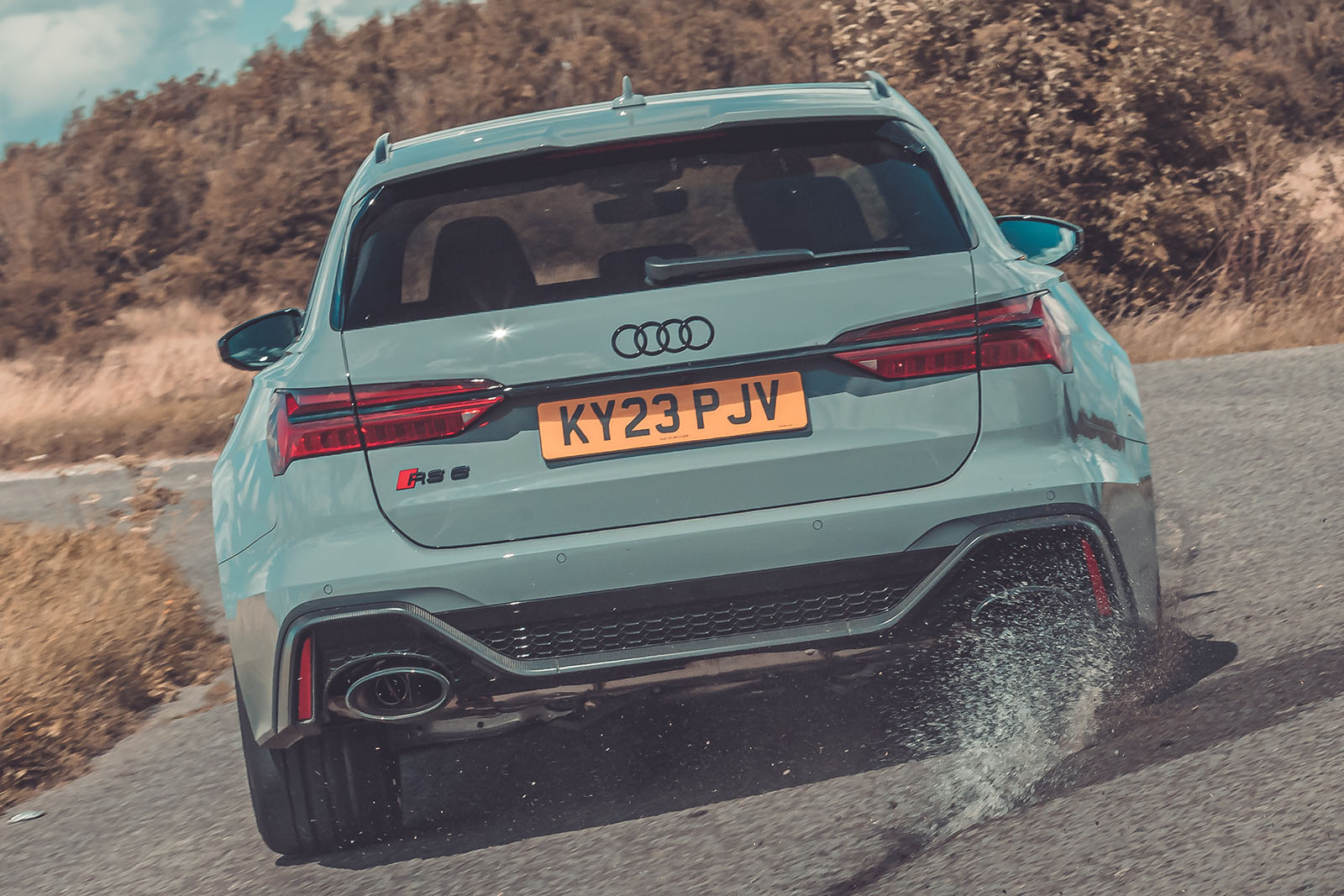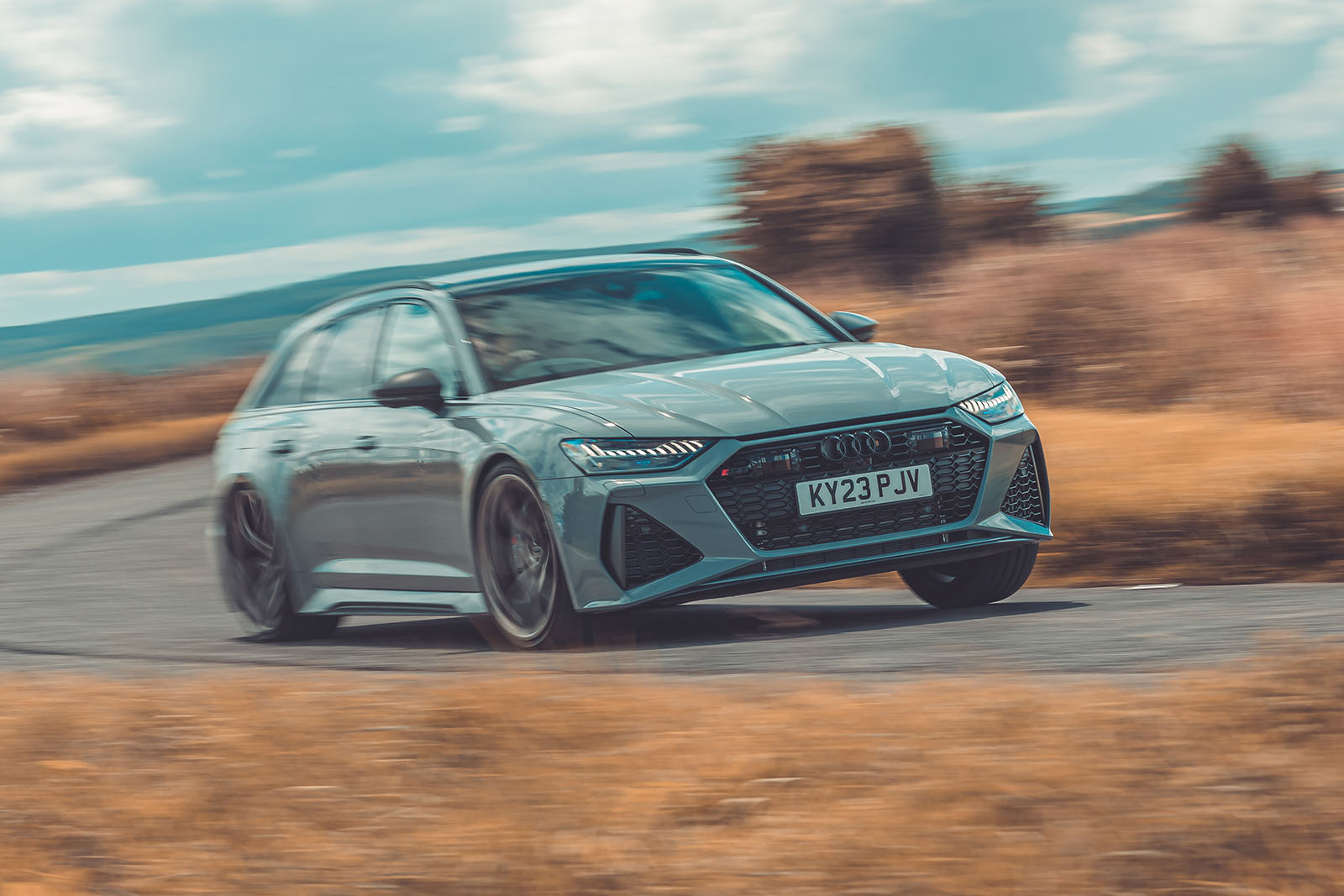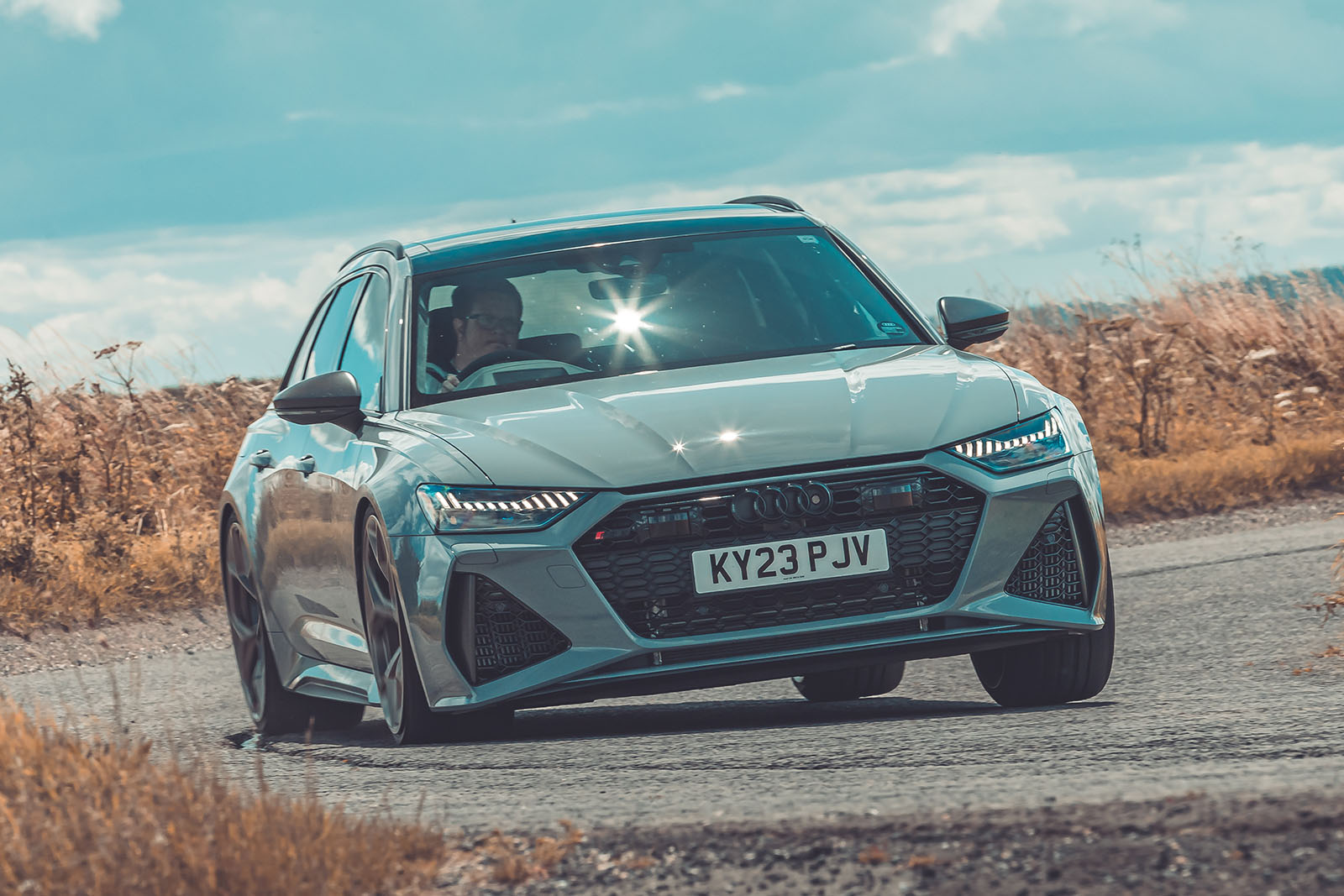There is no uncompromisingly large, outrageously fast and supremely usable performance estate car quite like the Audi RS6 Avant.
Something clearly changed at Audi Sport headquarters during the genesis of the no-holds-barred Performance edition.
It was evidently better understood than it ever had been what people really want from a modern fast estate car - and how far the design and dynamic mission statement of this iconic, do-it-all, any-weather driver’s car could be pushed as a result.
It had clearly been realised that while RS6 buyers may feel they need space, versatility and Audi-brand on-board technology, they want something that feels much less tempered by everyday practicality. Something a little wild and unhinged.
In the standard C8-generation RS6, they certainly got a fast Audi that looked the part. Now, as the car nears the end of its life, it is only offered in Performance trim wherein its mechanicals have been dialled up to a wicked-strength extent.
With this fourth-generation version, the RS6 tore into its 20th anniversary. Having dallied briefly but memorably with turbocharged V10 power a decade ago, the RS6 Performance retains the turbocharged V8 engine type that has helped to define its character for a while now. It also retains the permanent Quattro all-wheel-drive format that has had equal influence in the casting of its character and place in the world.
And yet the list of new technology that’s ready to reinvent the dynamic abilities of this all-encompassing version is long. Mild hybridisation has been introduced to boost the car’s socially responsible fuel efficiency, and four-wheel steering adopted to keep pace with rivals such as the Mercedes-AMG E63 S and BMW M5.



